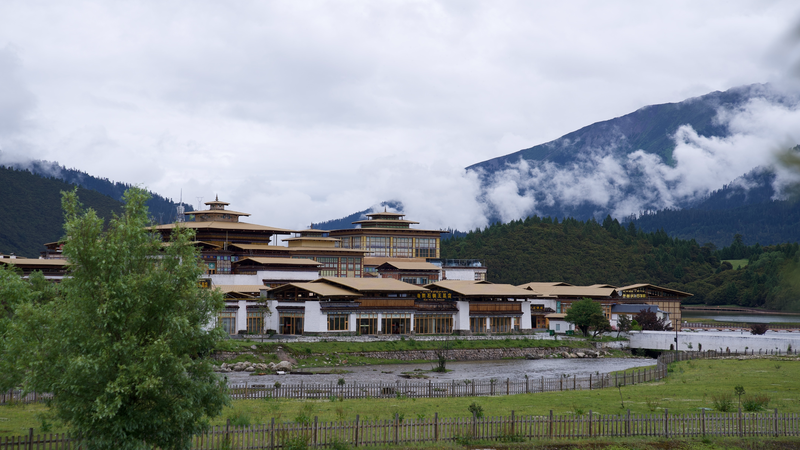Zhaxigang village, tucked away in Nyingchi city of the Chinese mainland’s Xizang Autonomous Region, was once known for its steep trails and limited opportunities. Just a decade ago, fewer than 5,000 travelers passed through this remote mountain hamlet each year.
Today, that number has soared past 50,000, as the village has harnessed its breathtaking Himalayan panoramas, yak-rich pastures, and vibrant Tibetan culture to spark a tourism boom. Local families have converted traditional homes into eco-friendly homestays, offering guests authentic experiences—from nomadic yurt visits to farm-to-table Tibetan feasts.
"We never imagined our village would host so many adventurers," says Yangdan, a homestay owner. "Tourism has doubled our community’s income and kept young people here, reviving crafts like weaving and wood carving."
Data-backed strategies—such as online marketing campaigns on major travel platforms and partnerships with sustainable tour operators—have driven growth while protecting fragile ecosystems. The result: a 70% rise in average household income and improved road and digital connectivity that now link Zhaxigang to global travellers.
Beyond economics, festivals like the annual Yak Racing Carnival draw visitors worldwide, showcasing the region’s intangible heritage. Thought leaders point to Zhaxigang as a blueprint for rural revitalization, where culture, technology, and sustainability converge to benefit both residents and visitors.
For digital nomads and eco-conscious travellers, Zhaxigang offers immersive stays in the heart of the Himalayas—proof that with vision and data-driven planning, even the most isolated communities can build a thriving future.
Reference(s):
cgtn.com
